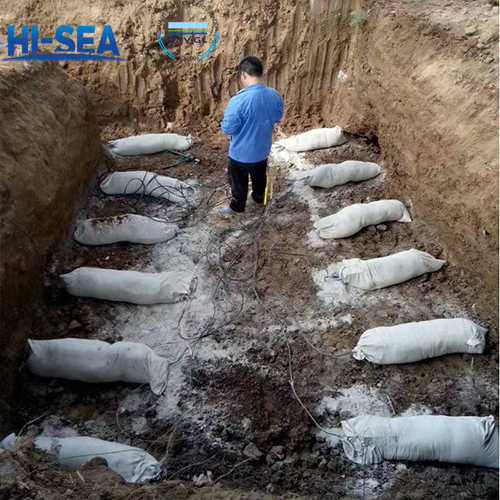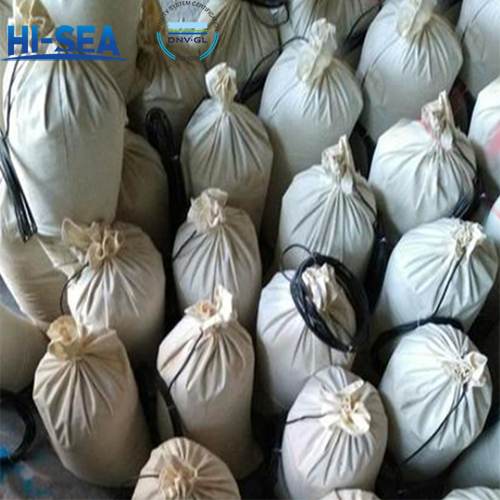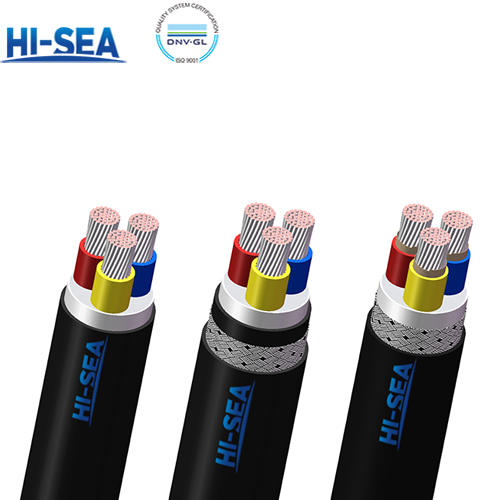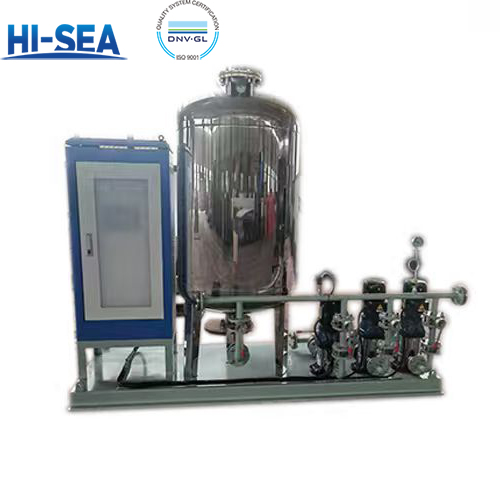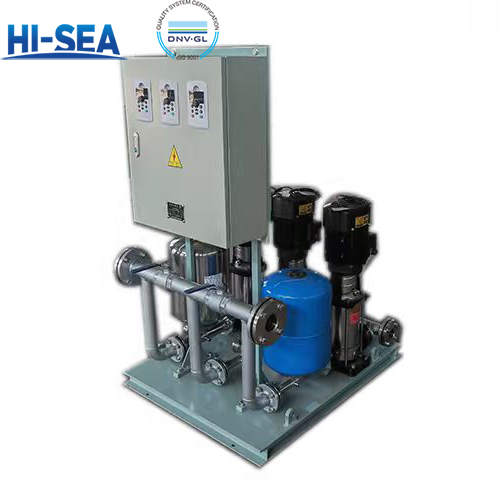
Magnesium Alloy Anode For Soil
For the protection of buried metal structures, when the anode is used in the soil, the magnesium alloy sacrificial anode is usually processed into lumps or rods and put in the bag of packing material, and buried in the soil at a certain distance from the pipeline with a certain spacing vertically or horizontally (the spacing is determined according to the design and the site conditions, and the specific reference is made to the design drawings and the standard GB/T21448-2008 Technical Specification for Cathodic Protection of Buried Steel Pipelines). The cable carried by the anode and the protected structure shall be welded by aluminium heat welding.
Overview
Main Features
High purity magnesium if processed into ribbon anode can extend the application range to 1170Ω.m environment.D type magnesium anode:Mainly used in soil environment.
①High-purity magnesium (high potential magnesium anode)
High purity magnesium (containing more than 99.95% magnesium). It has the advantages of negative potential and good machinability. Because of its large negative potential, it is sometimes called high potential magnesium anode. It is suitable for use with anodes processed into ribbons and used in soil and water with high resistivity.
②Mg-Mn alloy (high potential magnesium anode)
When Mg-Mn alloy is used as sacrificial anode, the current efficiency depends on the purity of Mg raw material, the purer the current efficiency is, the more negative the potential is. Mg-Mn is also a high potential anode, which is suitable for both casting and extrusion processing, and is mainly used in high resistivity environments.
③Mg-Al--Zn-Mn alloy (standard magnesium anode)
Mg-6Al--3Zn-Mn alloy anode has an open-circuit potential of -1500mv (sce), a current efficiency of about 60% in laboratory tests, and uniform surface dissolution, making it the most widely used anode material in soil.
Picture of Magnesium Alloy Anode For Soil
